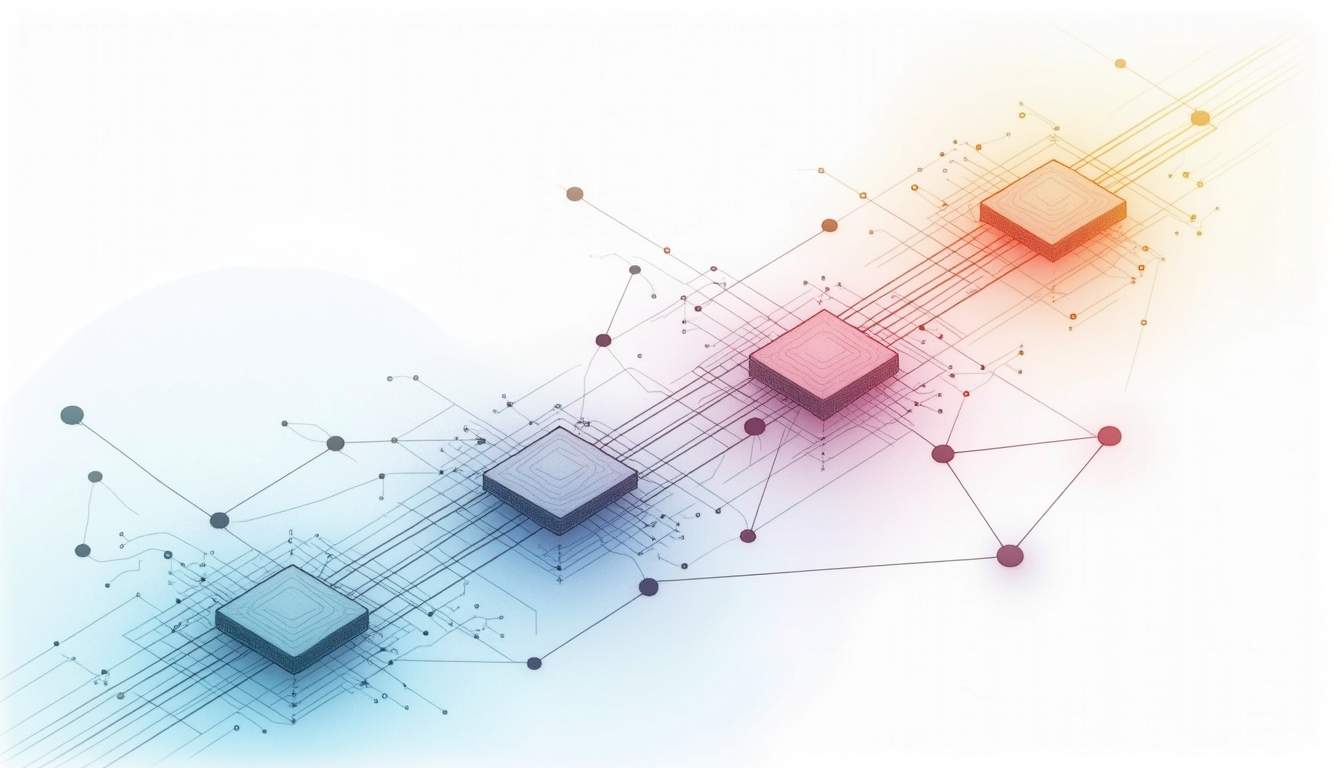What is a tokenization platform
Mahbod Sabbaghi

What is a Tokenization Platform?
A tokenized platform is a decentralized blockchain-based system designed to convert rights or ownership of various asset classes into digital tokens, known as security tokens or digital securities. These platforms, often built on robust blockchain platforms like Ethereum, facilitate the digital representation of traditional assets like real estate, art, collectibles, or intellectual property. The process of tokenization divides these often illiquid assets into smaller, more accessible units, enabling fractional ownership and increasing liquidity. By leveraging smart contracts and automation, tokenization platforms ensure a secure, efficient, and compliant transfer of asset ownership, transforming the way assets are managed and traded in the financial ecosystem.
Tokenization platforms often support a range of currencies and asset types, providing issuance services for tokenized assets that cater to a variety of use cases across the financial and fintech sectors. Providers of these platforms offer frameworks and open-source tools that enable the creation of bespoke tokenization solutions, addressing specific needs within the industry. The benefits of asset tokenization are numerous, including broader investment opportunities, enhanced liquidity, and more efficient management of tangible assets. As the sector evolves, Web3 technologies and innovative companies like Tokensoft are advancing the capabilities and reach of tokenization, making it an integral part of the modern financial landscape and ICO strategies.
How do Asset Tokenization Platforms work?
Asset tokenization platforms operate by allowing issuers to create digital representations of physical assets or securities on a blockchain network. They employ smart contracts to automate the tokenization process, ensuring that each token adheres to regulatory compliance and represents a tangible piece of value. These tokens, including non-fungible tokens (NFTs) for unique assets and security tokens for investment products, can then be traded on secondary markets, providing greater liquidity and access to capital. The end-to-end process is streamlined through blockchain technology, offering benefits like real-time transactions, reduced reliance on intermediaries, and increased access to a broader range of asset classes.
What is an example of tokenization?
An example of tokenization is the creation of digital securities or tokens that represent ownership in a piece of art, a real estate property, or even intellectual property. For instance, a famous painting can be tokenized into several digital securities, allowing multiple investors to own a fraction of the artwork. These tokens can then be traded on specialized platforms or exchanges, providing liquidity and access to a market that was previously difficult for average investors to enter. Platforms like Polymath and Securitize are known for facilitating such tokenization projects, offering solutions that span various asset classes and cater to both startups and established financial institutions.
What features should you look for in a tokenization platform?
When evaluating a tokenization platform, consider the following features for optimal asset management and investment experience:
- Decentralization: Ensures that the platform operates on a blockchain network, providing transparency and reducing central points of failure.
- Regulatory Compliance: Includes features for KYC, AML, and adherence to securities laws, ensuring that the tokenization process meets legal standards.
- Automation and Smart Contracts: Automates various stages of the tokenization and investment process, reducing errors and operational costs.
- Support for Multiple Asset Classes: Ability to tokenize a wide range of assets, from real estate and collectibles to intellectual property and private equity.
- Interoperability with DeFi and Other Ecosystems: Facilitates seamless interaction with decentralized finance applications, secondary markets, and other blockchain networks.
- User-Friendly Interface: Provides an intuitive and efficient user experience for both issuers and investors, with tools for lifecycle management, fundraising, and trading.
- Security and Privacy: Implements robust security measures to protect digital assets, sensitive information, and ensure the integrity of transactions.
How does a tokenization platform differ from a cryptocurrency exchange?
While both tokenization platforms and cryptocurrency exchanges deal with digital assets, they serve distinct purposes in the ecosystem. Tokenization platforms focus on converting real-world assets into digital tokens, handling the legal, technical, and compliance aspects of creating and managing these tokens. They often provide white label solutions and are used for a variety of purposes including fundraising (STO), asset management, and creating tokenized securities.
On the other hand, cryptocurrency exchanges are marketplaces for buying, selling, and trading cryptocurrencies and tokens, including those created via tokenization. They focus on providing liquidity, trading pairs, and a platform for users to engage in the crypto market with assets like Bitcoin, Ethereum, stablecoins, and other cryptocurrencies. While tokenization platforms create new investment opportunities by digitizing assets, cryptocurrency exchanges facilitate the broader trading and liquidity of these digital assets.
.svg)






